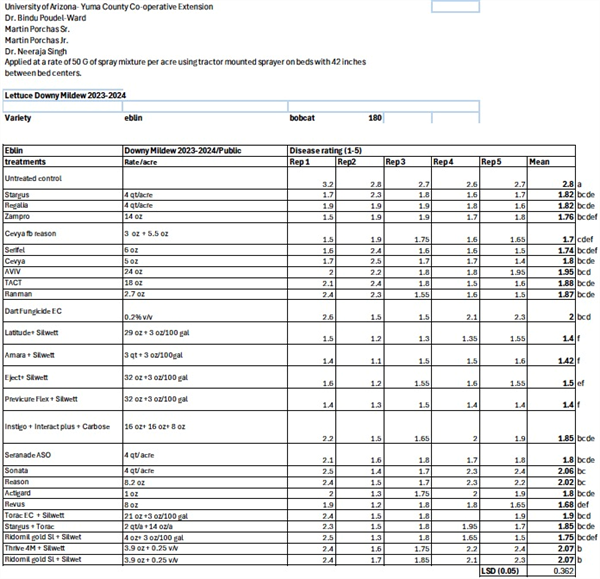Sep 4, 2024
Basic Root System Development (2024)
Root systems provide the foundation for plant development. At the time of seeding and plant establishment, it is important to monitor and evaluate the newly developing root systems; subsequent plant growth depends on them.
Roots are responsible for all water and nutrient uptake by the plant, and they provide the physical anchoring and support of the plant structure. Each plant and crop species has its own “personality” and growth habits, including root systems. Accordingly, root systems have unique characteristics among plants species.
Young plant roots, particularly at the time of germination and stand establishment, are generally the most sensitive plant part to soil and water salinity. In fact, seedling plant sensitivity to salinity can often be measured by approximately ½ of the tabulated salinity tolerance guidelines.
In general plant root systems constitute 30-50% of the total plant dry matter. When post-harvest plant residues are incorporated into the soil, the root systems provide a significant contribution to that plant material and final carbon (C) contributions to the soil, which is an important factor contributing to soil health.
The first thing a seed develops in the germination process is a primary root that grows downward into the soil. We often refer to this as the “stinger” root that extends from a germinating seed. New cells are formed at the tip of the primary root as it extends downward into the soil forming a “thimble-shaped” cluster of cells called a root cap (Figure 1).
The root cap serves as a type of shield that helps the root penetrate the soil matrix and protect the developing root tissue. As the root grows downward into the soil the root cap cells are sloughed off creating a slimy surface that helps lubricate the root as it extends deeper into the soil.
The growing point (apical meristem) for the developing root is just behind the root cap and this is the zone of new cell formation that facilitates root growth and replaces the cells that are sloughed off as the root grows through the soil. The new cells elongate and serve to extend the roots into the soil (Figure 1).
The most active parts of the plant root system for mineral nutrient and water uptake are in the tiny root hairs that are formed in zone behind the apical meristem. Root hairs are only formed in the relatively new and freshly developed root tissue. The root hairs are extremely small, tender, and physiologically active. Healthy fresh young roots and root hairs should be clean and white.
Root hairs are often referred to as “feeder roots” due to their high-level of activity in securing water and nutrients from the soil for the growing plant. In the process of transplanting, it is important to protect the feeder roots as much as possible and promote their health to ensure rapid adaptation to the new soil environment.
Young plants have the capacity to develop basic aboveground tissue to perform sufficient photosynthesis for establishment and growth due to the plant’s ability to take up mineral nutrients and water from the soil from the root system. Sometimes it can appear that plants are not growing rapidly while the young crop is investing energy and resources into root system development, which is the foundation for the subsequent plant growth and development.
The depth of the roots will vary according to the soil physical conditions and effective soil depth, soil fertility and salinity management, plant-available water, and of course the natural rooting characteristics of the plant.
In general, there are two basic types of plant root systems. Broadleaf plants (dicotyledonous) and coniferous plants (gymnosperms) commonly have a taproot system the extends downward through the soil developing root branches from the primary root stem (Figure 2).
Grass plants and their relatives (monocotyledonous plants) produce fibrous root systems that branch extensively and radiate out into the soil from the plant base (Figure 2).
In general, taproots tend to be deeper with extensive branching from the primary root, develop woody tissue on older roots, and are generally long-lived. In contrast, fibrous roots tend to be smaller, short-lived, with less branching.
As roots age, they become more fully developed in conducting nutrients and water to the growing points of the plant, both above and belowground. In all cases, the young and freshly developed root hairs (feeder roots) are the primary zone of water and mineral nutrient uptake.
As root systems age, the older roots will die, and new root tissue is formed. As dead roots are sloughed off, the discarded tissue is attacked by naturally occurring, beneficial soil organisms (bacteria, fungi, protozoa, and worms) the release mineral nutrients and produce soil organic matter. Turnover of root tissue is an extremely important aspect of plant contributions to soil carbon (C), organic matter, and general soil health.
We do not see the plant root systems and we cannot watch root hair development. But it is good to be conscious of root system development since all mineral nutrient, water uptake, and structural support is provided through the roots.
It is necessary to sacrifice a few plants occasionally and evaluate root system health and development. Accordingly, it is good to review and understand normal root structure and function as we work to manage crop plants for optimum growth, development, and yield.

Figure 1. Basic root tip anatomy.

Figure 2. Examples of taproot and fibrous root systems.
To contact Jeff Silvertooth go to:
silver@ag.arizona.edu














